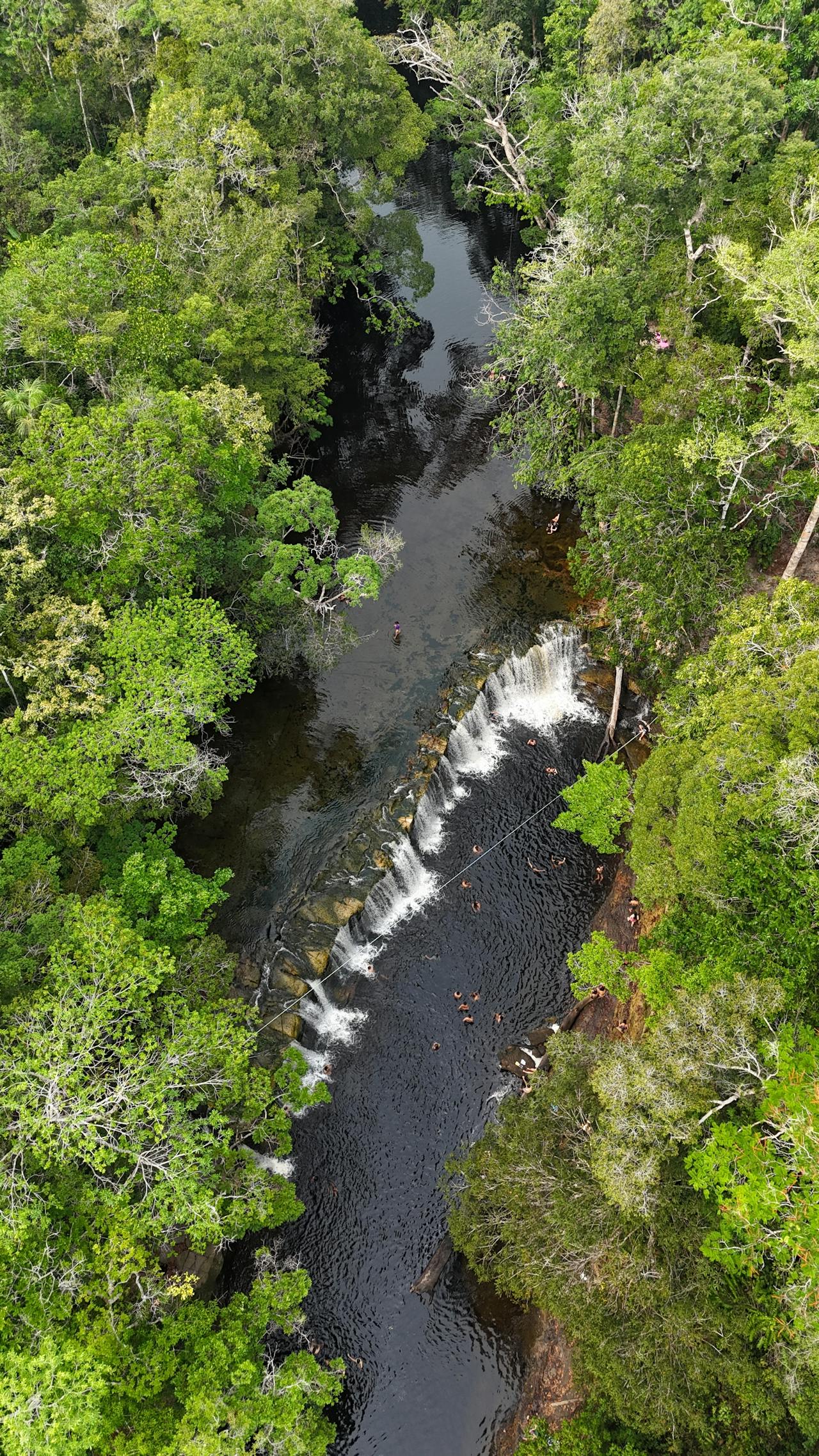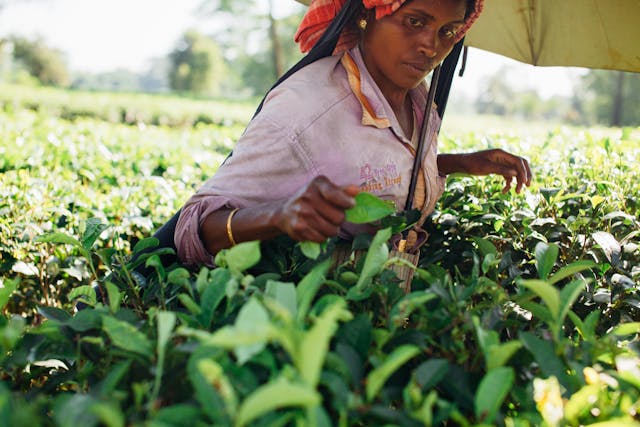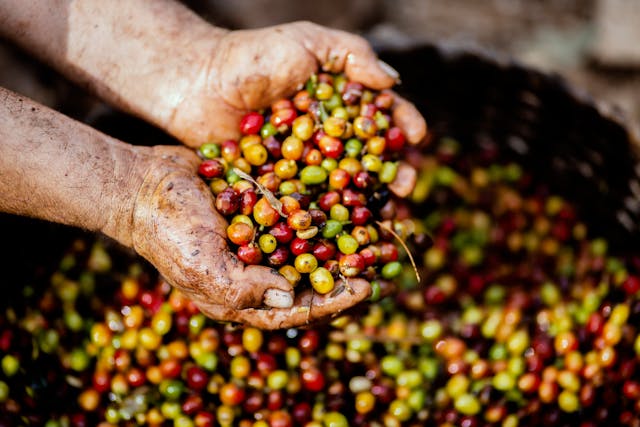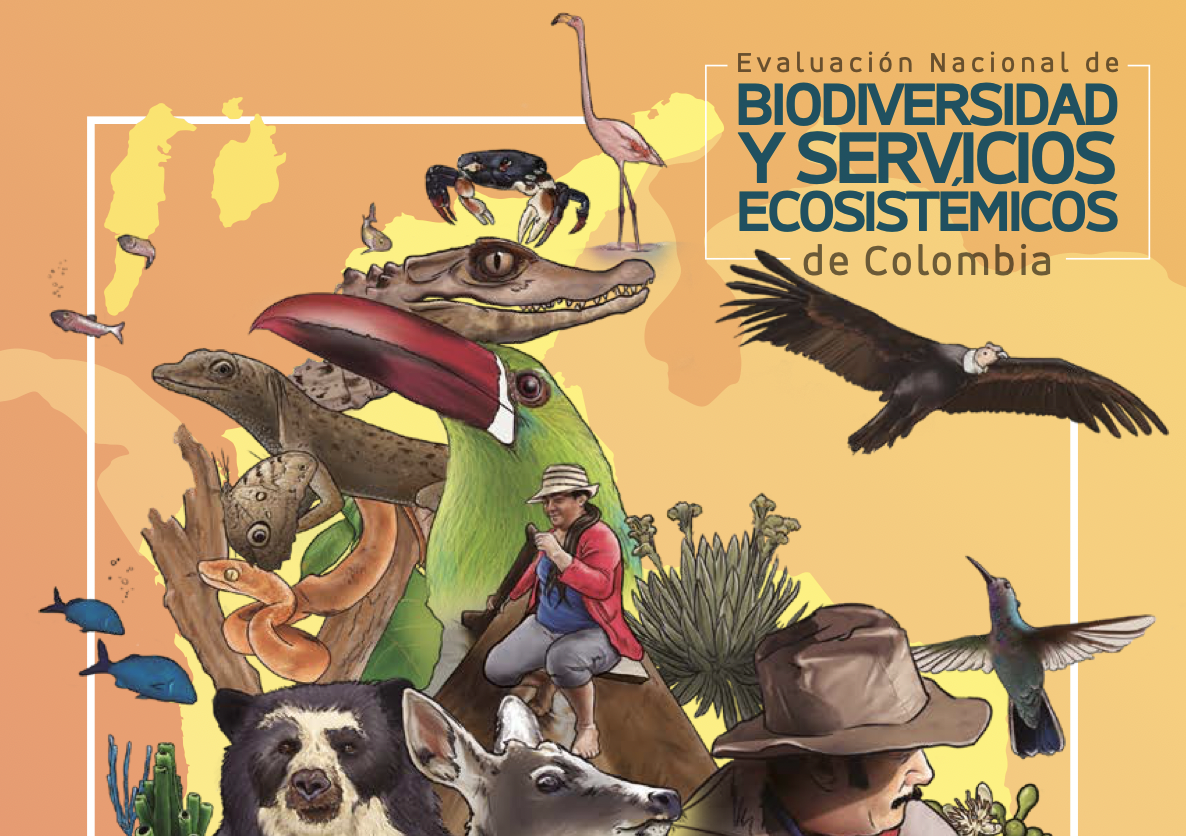Bamboo-chicken farming (BCF) is a traditional model of forestry in China that increases the rate of utilization of forest resources and the economic benefits associated with forestland use. However, little is known about the effects of BCF on soil carbon sequestration and sustainable forestland use. In this study, BCF effects on soil nutrient content, organic carbon fractions, and fungal communities were analyzed in a Lei bamboo (Phyllostachys praecox) forest. The data from five treatments (5, 15, 25, and 35 m from a hen house and the control, i.e., no chicken presence) were analyzed and compared. The results showed that BCF significantly increased (p < 0.05) soil pH, soil organic carbon, alkali-hydrolysable N, available K, and available P. However, there was no significant difference in soil organic carbon among treatments, indicating that high grazing density led to high carbon loss. The changes in the proportions of soil active organic carbon pools easily oxidized organic carbon, dissolved organic carbon, and microbial biomass carbon accounted for 7.62%–11.85%, 0.23%–0.33%, and 0.31%–0.56% of the total soil organic carbon, respectively. Easily oxidized organic carbon may be a sensitive indicator of changes in soil organic matter caused by different grazing densities. Passive organic carbon Ca-SOC and Fe/Al-SOC accounted for 1.24%–1.98% and 33.91%–37.52% of the total soil organic carbon, respectively. High Fe/Al-SOC values were associated with high grazing density, thereby implying that such condition could improve carbon sequestration in the long term. Fungal community structure and abundance varied with grazing density. Changes in fungal community composition were closely related to organic carbon fractions and soil chemical properties. Higher grazing density reduced fungal species diversity and increased the relative abundances of fungal taxa such as Ascomycota and Mortierellomycota for carbon cycling, and of saprophytes such as Fusarium. This might in turn affect soil carbon sequestration and health. Overall, our results suggest that changes in fungal community structure and soil nutrient status caused by chicken farming alters ecosystem functions; from low to high density, the increasing trend of some soil available nutrients (alkali-hydrolysable N, available K, and available P) and relative abundance of fungal taxa for soil carbon cycling, and the decreasing trend of fungal richness (Chao 1 index) may reflect a high risk of carbon and nutrient loss and a reduction of biodiversity in the BCF system.
Effects of chicken farming on soil organic carbon fractions and fungal communities in a Lei bamboo (Phyllostachys praecox) forest in subtropical China
Year: 2021

































































































































































































































































































































































































































































































































































































































































































































































































































































































































































































































